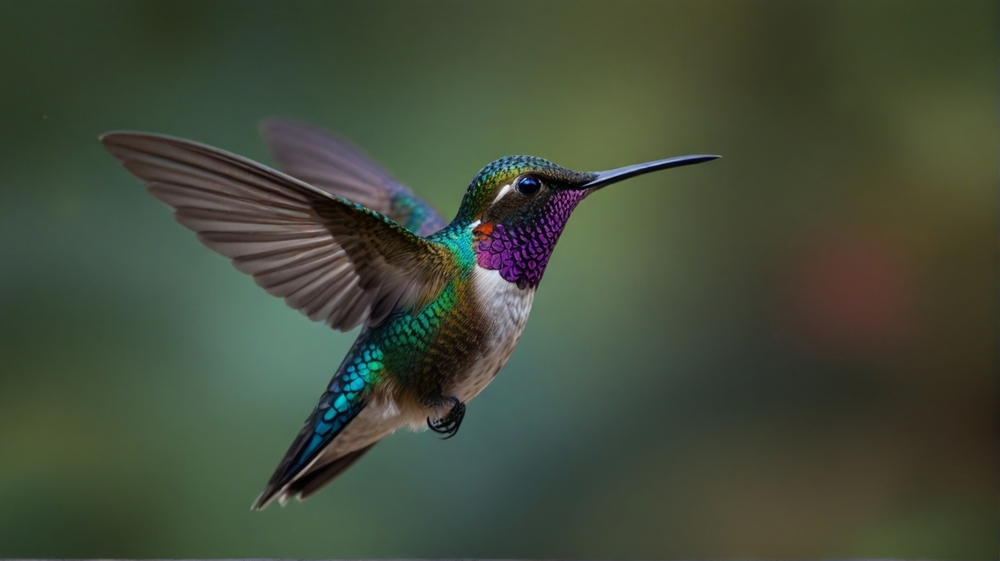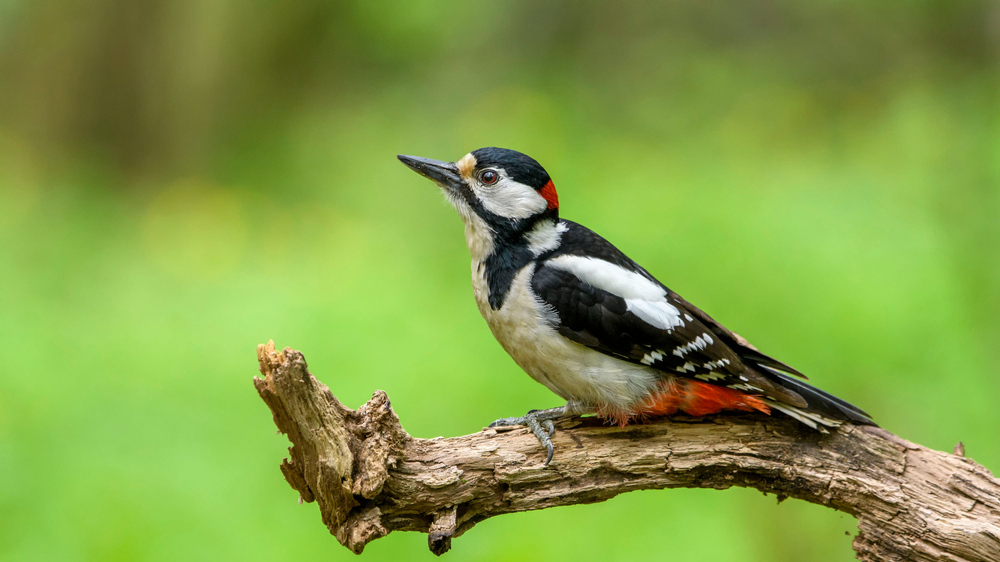Guinea pigs, scientifically known as Cavia porcellus, are charming rodents belonging to the animal kingdom, specifically the class Mammalia. Originating from the Andes region in South America, these small herbivores have become beloved pets worldwide.
Physically, guinea pigs are characterized by their compact bodies, short legs, and rounded heads adorned with large, expressive eyes and ears. Unlike some rodents, they lack a tail. Their soft fur comes in various colors and patterns, adding to their visual appeal.
Known for their sociable nature, guinea pigs thrive on companionship and often form strong bonds with their human caregivers. They are not only intelligent but also capable of recognizing familiar voices and responding with their distinctive vocalizations, including purring and squeaking.
Overall, guinea pigs are delightful members of the mammalian class, adored for their friendly disposition, expressive communication, and unique dietary needs, making them popular and cherished companions in many households.
What makes guinea pigs unique?
Guinea pigs possess several unique characteristics that set them apart:
- Social Nature: Guinea pigs are highly social animals, and they thrive on companionship. They are known to form strong bonds with their fellow guinea pigs or even with humans. Solitary guinea pigs may feel lonely and stressed, emphasizing the importance of keeping them in pairs or groups.
- Vocal Communication: Guinea pigs are expressive communicators, using a variety of sounds to convey their emotions and needs. From squeaks of excitement to purring when content, they create a vocal symphony that caregivers can learn to interpret.
- Lack of Tails: Unlike some other rodents, guinea pigs are tailless, contributing to their distinctive appearance. Their compact bodies, round heads, and absence of a tail make them easily recognizable.
- Dietary Needs: Guinea pigs have a unique dietary requirement for vitamin C. Unlike most mammals, they cannot produce this essential vitamin in their bodies, making it crucial for their diet to include vitamin C-rich foods, such as fresh fruits and vegetables.
- Nocturnal Habits: Guinea pigs are not nocturnal; instead, they are crepuscular, meaning they are most active during dawn and dusk. This behavior aligns with their natural tendencies in the wild, providing a balance between avoiding predators and finding food.
These distinctive traits contribute to the charm and appeal of guinea pigs as beloved pets, fostering connections with their human caregivers and creating a rewarding companionship experience.


































































